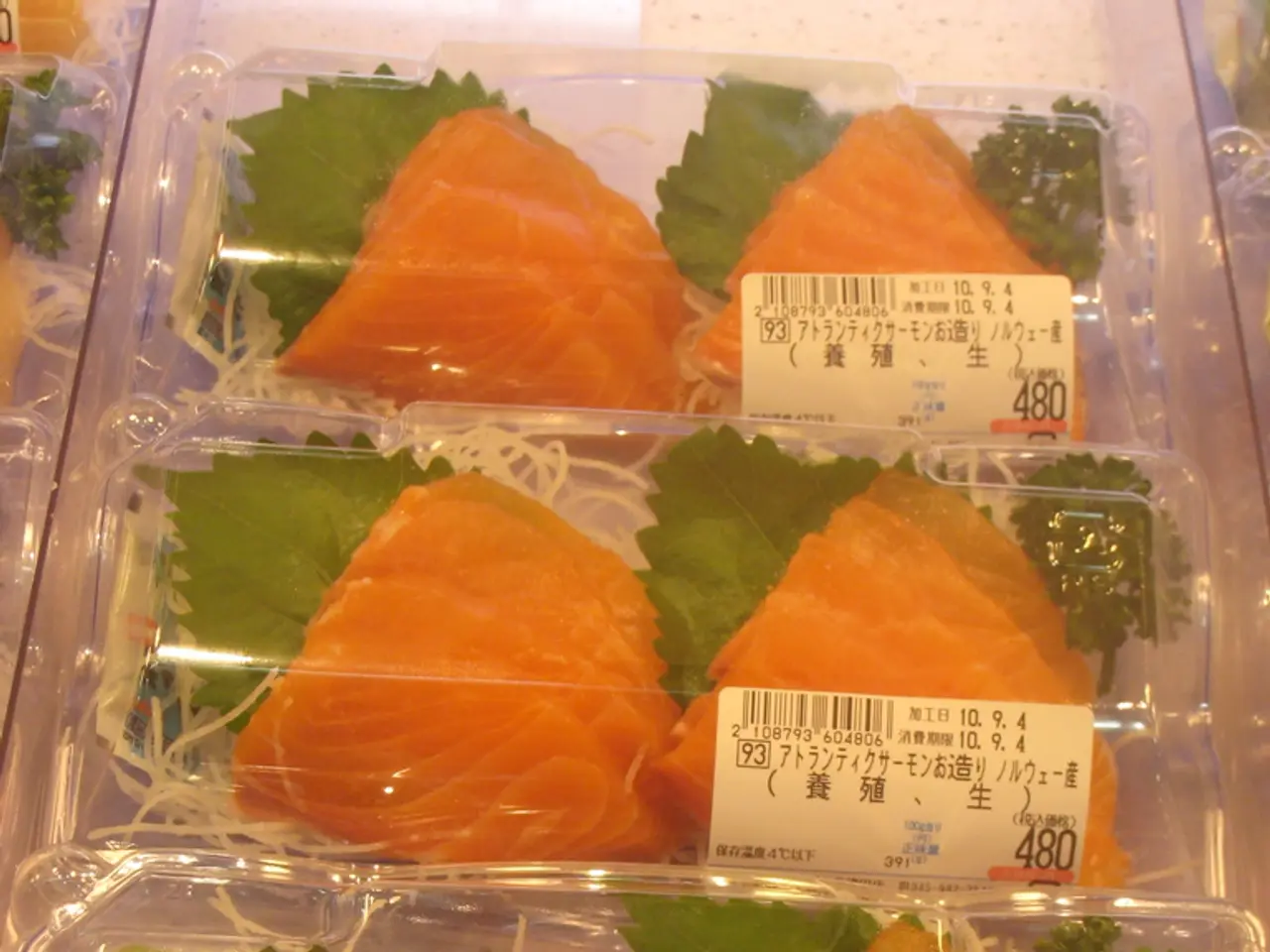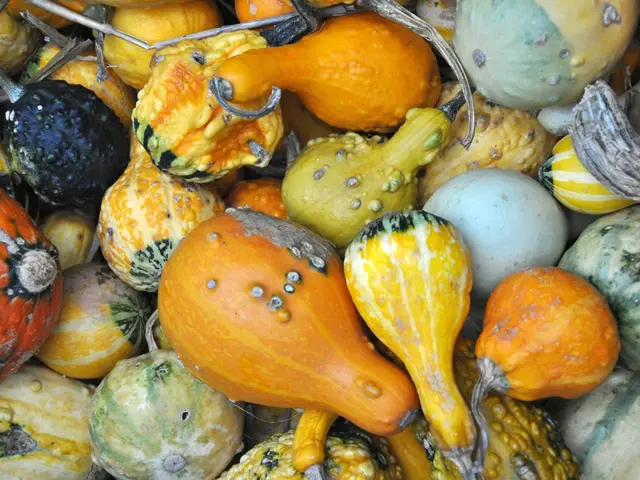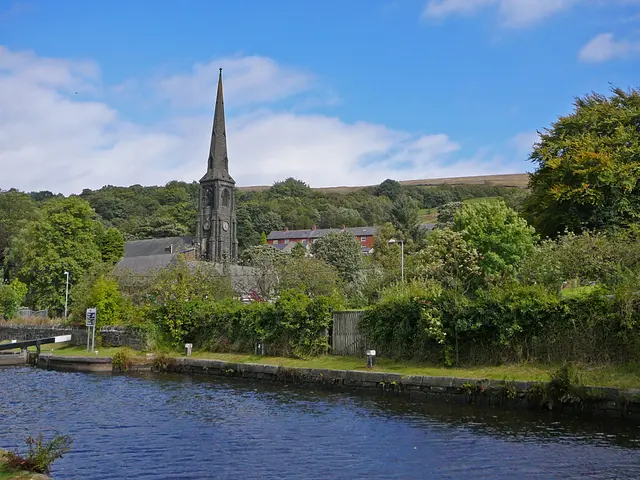Salmon Showdown: Comparing Wild-Caught Salmon with Farmed Salmon
In the realm of seafood, salmon is a popular choice for many due to its high levels of heart-healthy omega-3 fatty acids. However, the nutritional and health differences between wild-caught and farmed salmon can be significant.
When it comes to fat and calorie content, farmed salmon generally has a higher fat content than its wild counterpart, contributing to a more luscious texture and slightly higher calorie count. Wild salmon, on the other hand, is leaner, with significantly less fat and fewer calories.
In terms of omega-3 content, both types of salmon provide substantial amounts, essential for anti-inflammatory and heart health benefits. However, farmed salmon often contains a higher omega-3 content due to the nutrient-rich diets fed to farmed fish, including omega-3-rich algae and sustainable fish trimmings.
Protein content is slightly higher in farmed salmon, with around 25-30 grams per 100 grams, compared to wild salmon’s 20-25 grams per 100 grams.
When it comes to minerals and nutrients, wild salmon contains more, offering a richer micronutrient profile than farmed salmon. The nutrient profile of farmed salmon depends heavily on the feed used, but sustainable farming practices can improve nutritional quality.
Environmental considerations also play a role in the choice between wild-caught and farmed salmon. Wild salmon expend more calories swimming, resulting in a different feed-to-fish conversion ratio, which influences fat content and texture. Sustainable farmed salmon operations, like Verlasso, use natural pigments and avoid antibiotics, employing environmentally friendly practices, potentially making farmed salmon a responsible choice.
In summary, a 3-ounce fillet of wild salmon has fewer calories and half the fat content of the same amount of farmed salmon. The American Heart Association recommends eating two 3.5-ounce servings of fish a week to reduce the risk of heart disease and stroke, and both farmed and wild salmon have the nutrients to support this recommendation.
However, research consistently shows that there are more risks associated with farmed salmon than those pulled from oceans, lakes, and rivers. Levels of PCB (a type of persistent organic pollutant) are 16 times higher in farmed fish than in wild fish. Contaminants in farmed salmon exceed what's considered safe by the U.S. Environmental Protection Agency (EPA) for frequent consumption. These chemicals come from the fish's diet in farmed salmon, while in wild salmon, they come from polluted waters.
Children, women of child-bearing age, and pregnant women should consider choosing wild salmon or other sources of omega-3 fatty acids due to higher contaminant levels in farmed salmon. Removing the skin of either wild or farmed salmon can help decrease exposure to contaminants and pollutants.
Other good sources of omega-3 fatty acids include flaxseed, chia seeds, hemp seeds, walnuts, and soy foods. Persistent organic pollutants (POPs) have been linked to several diseases, including Type 2 diabetes, obesity, and stroke.
In conclusion, while both types of salmon offer significant health benefits, particularly from omega-3 fatty acids, wild salmon wins in terms of nutritional content and risky pollutants compared to farmed salmon. Modern sustainable farmed salmon can offer a nutritious and environmentally friendly alternative without compromising omega-3 intake or health benefits.
- From a health perspective, wild salmon offers a leaner option with fewer calories and half the fat content compared to farmed salmon.
- When it comes to sources of omega-3 fatty acids, flaxseed, chia seeds, hemp seeds, walnuts, soy foods, and wild salmon are all beneficial options.
- In terms of environmental impact, sustainable farmed salmon operations prioritize using natural pigments and avoiding antibiotics, employing eco-friendly practices that may make them a more responsible choice.
- News articles in the health-and-wellness and lifestyle sectors often discuss the nutritional differences and environmental considerations of wild-caught versus farmed salmon.
- For those concerned about persistent organic pollutants (POPs), such as type 2 diabetes, obesity, and stroke, it is prudent to limit their intake of contaminated food sources, including farmed salmon.







